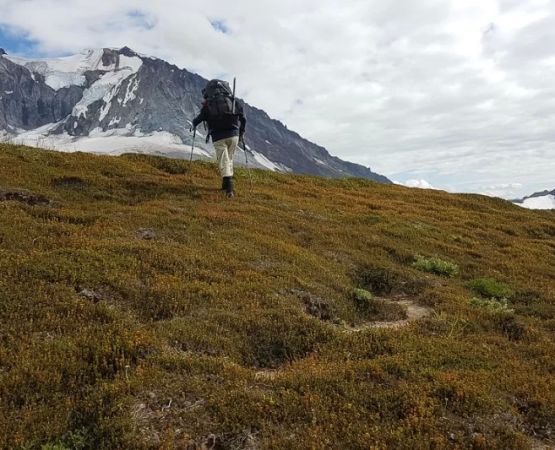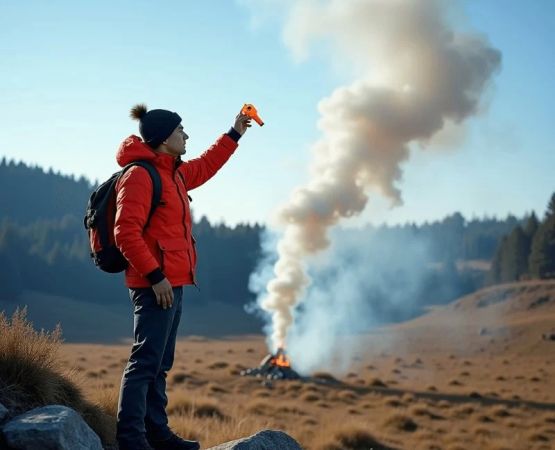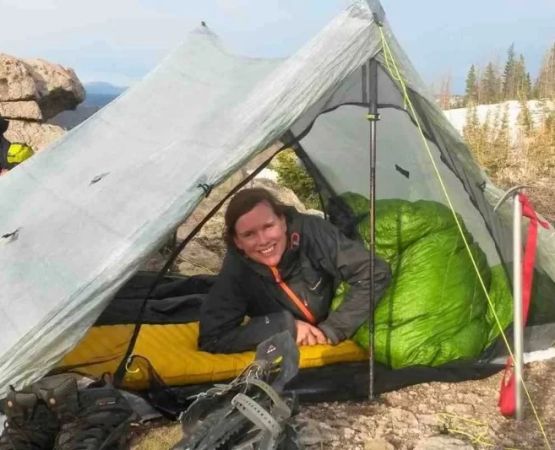- 1-wild-camping-gear-essentials-usa
- 2-shelter-and-sleeping-systems
- 2-1-ultralight-tents
- 2-2-sleeping-bags-and-pads
- 3-cooking-and-hydration
- 3-1-portable-stoves
- 3-2-water-filtration
- 4-clothing-and-personal-gear
- 4-1-layering-systems
- 4-2-navigation-and-safety
- 5-packing-and-weight-management
- 6-real-life-case-study
- 7-why-pine-cliff-resort
1. Wild Camping Gear Essentials USA
Embarking on a wild camping trip in the United States demands more than a sense of adventure—it requires the right equipment. From the rugged peaks of the Rockies to remote stretches of the Pacific Crest Trail, knowing the wild camping gear essentials USA ensures safety, comfort and minimal environmental impact. Whether you’re a weekend warrior seeking solitude or a thru-hiker tackling long-distance routes, each piece of gear plays a crucial role. In this guide, we break down must-have items, share real-world experiences and explain how strategic choices can elevate your backcountry experience.
2. Shelter and Sleeping Systems
2.1 Ultralight Tents
Selecting an ultralight tent balances weight against durability. In the USA, popular options include single-wall tents made from ripstop nylon with silicone coatings. At under two pounds, these shelters protect from wind and rain while stashing easily in a backpack. Features to look for:
2.1.1 Essential Tent Features
- Waterproof rating of at least 1,200 mm hydrostatic head;
- Two-vestibule design for gear storage;
- Color-coded poles and clips for rapid setup in low light.
Investing in stakes rated for hard soil or snow ensures stability across varied American terrains.
2.2 Sleeping Bags and Pads
Quality sleep hinges on insulation and comfort. A down-filled sleeping bag with a temperature rating 10°F below expected lows provides warmth without bulk. Pair it with an inflatable sleeping pad boasting an R-value above 3.5 to prevent conductive heat loss against cold ground.
2.2.1 Maintenance Tips
Store your sleeping bag loosely in a large cotton sack to preserve loft. Repair minor tears in pads with patch kits before they become major leaks—failure in subzero conditions can turn a trip disastrous.
3. Cooking and Hydration
3.1 Portable Stoves
Lightweight canister stoves dominate US wild camping for their ease of use and consistent flame control. Compact cooksets nest around the fuel canister to save space. Consider a multi-fuel stove if you wander to high altitudes where propane-butane mixtures underperform.
3.1.1 Fuel Management
Calculate fuel needs by estimating one ounce of fuel per person per day for boiling water only. Always carry 20% extra to account for cold temperatures and prolonged simmering.
3.2 Water Filtration
Hydration safety is non-negotiable. Compact pump filters remove bacteria and protozoa, while UV purifiers neutralize viruses in glacial streams across northern latitudes. A gravity-filter bag system can serve groups efficiently at basecamp.
3.2.1 Field Maintenance
Backflush pump filters regularly to maintain flow rate. Keep UV pen batteries fresh and follow manufacturer guidelines for lamp replacement—malfunctioning purifiers can give a false sense of security.
4. Clothing and Personal Gear
4.1 Layering Systems
Adopting a layering strategy lets you adapt to rapidly shifting US backcountry climates. Start with a moisture-wicking base layer, add an insulating mid-layer like fleece or synthetic down, and finish with a waterproof shell.
4.1.1 Fabric Choices
Merino wool excels at odor control on multi-day trips, while synthetic blends dry faster when damp. Avoid cotton—once wet, it loses insulation properties.
4.2 Navigation and Safety
Beyond maps and compass, consider satellite communicators for emergency signaling in areas without cell coverage. A personal locator beacon (PLB) can summon search-and-rescue teams when you’re off-grid.
4.2.1 First Aid and Repair Kits
Your personal first-aid kit should include blister care, antiseptic wipes, and suture kits for remote wound closure. Pack multi-tool with pliers and extra cord for gear repairs—rigging a quick fix can prevent equipment failure miles from help.
5. Packing and Weight Management
Packing efficiently means prioritizing multi-use items. For example, a bandana filters water in emergencies and protects from sun. Stuff your sleeping bag inside a compression sack to reclaim volume. Conduct a “sleep system shake-down” at home: lay out all gear and remove duplicates. Aim for a base weight (excluding food and water) under 15 pounds for true ultralight performance on US trails like the Long Trail or Continental Divide.
6. Real-Life Case Study
Last autumn, avid hiker Marcus tackled a five-day loop in California’s John Muir Wilderness. By investing in the right wild camping gear essentials USA, he carried only 12 pounds of base weight. His ultralight tent kept him dry during unexpected rainstorms, and his gravity-filter system delivered two liters per hour to his group of three. When Marcus’s sleeping pad punctured on day three, a quick repair with his multi-tool and spare patch kit saved his night. This trip underscored how thoughtful gear selection, drawn from US-specific conditions, turns inevitable challenges into manageable adventures.
7. Why Pine Cliff Resort
Even the most prepared campers benefit from local expertise. Pine Cliff Resort curates gear lists tailored to nearby trails, offers on-site equipment rentals and hosts skills workshops on ultralight packing, tent pitching and backcountry cooking. Their gear shop stocks top-rated wild camping gear essentials USA, and their guides share trail updates that help you avoid hazardous conditions. Whether you need a last-minute water filter or personalized advice on layering for a Sierra Nevada expedition, Pine Cliff Resort equips you for success—so you can focus on the view rather than your backpack.






